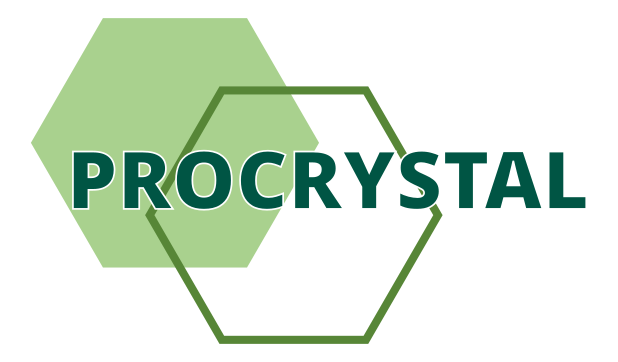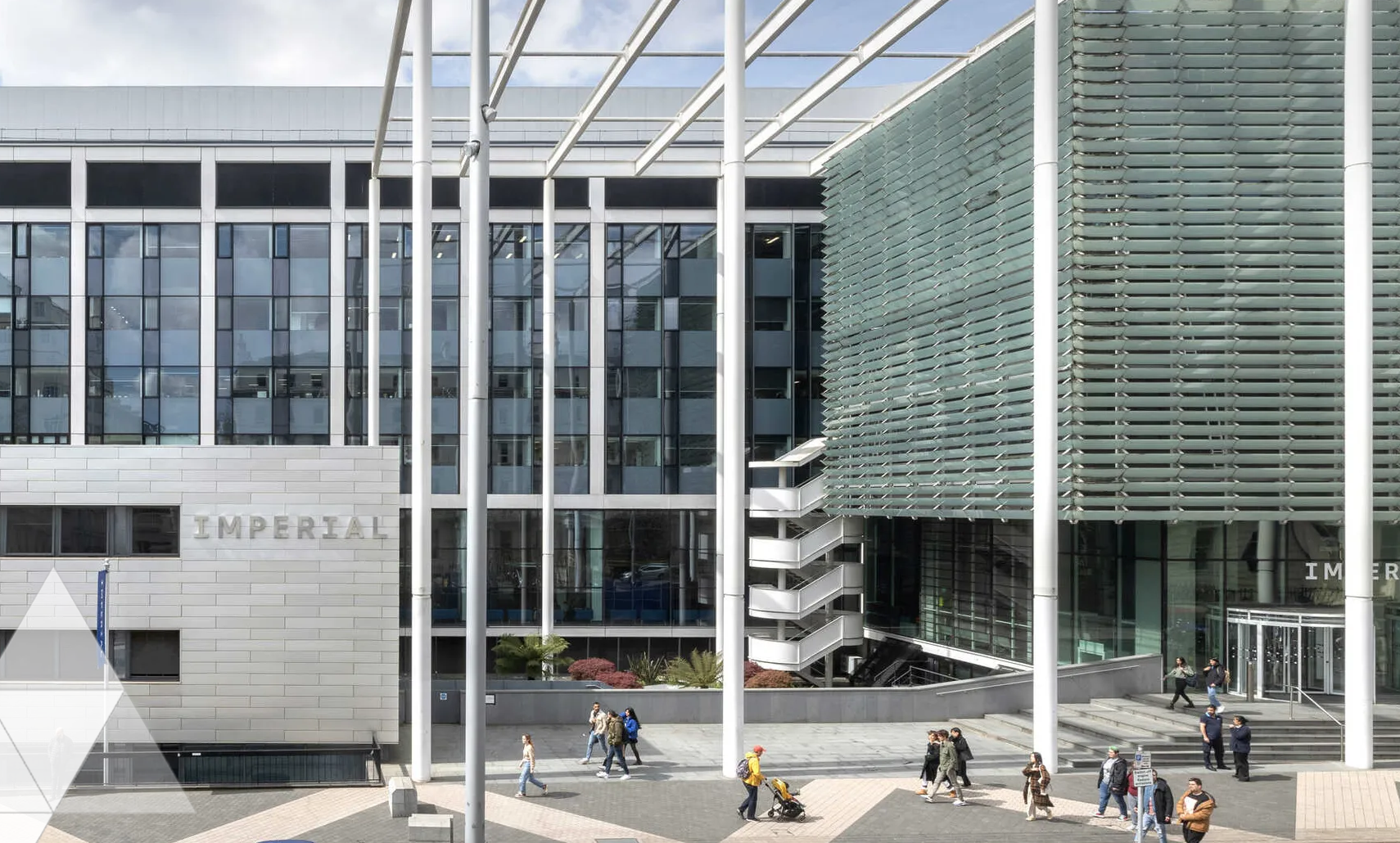The aim of this project is to establish a fundamental understanding of relevance of impurities in mAbs crystallisation. Specific objectives:
1-Develop an impurity identification protocol for mAbs using state-of-the-art analytical tools such as LC-MS, MALDI-TOF, etc. The possible source of impurities are error insertion and deletion, unreacted starting materials from the synthetic reaction or fermentation process. Study the impurities for their physicochemical properties such as solubility, ability to crystallise, and crystal shape.
2-Simulate the impurities in the crystallisation mixture to understand their impact on the crystallisation induction time, effect on the particle size and shape of the mAb and purity of the crystals. A regime map to identify the optimised crystallisation conditions to avoid the interference of impurities using the Automated High-throughput Platform Suite (ATLAS) is developed. 3-Identify the optimised crystallisation condition for the purification of mAbs from an impure mixture using in-situ PAT tools such as FTIR and UV-Vis. The crystallisation method is selected (salting out, cooling or anti-solvent crystallisation) based on the physicochemical properties of the impurities (e.g., solubility). Study the influence of oscillatory flow on the process kinetics and crystals properties.


Leave a Reply